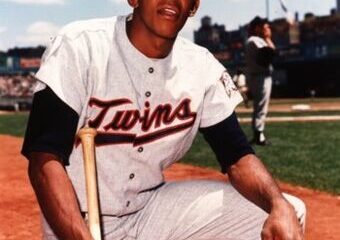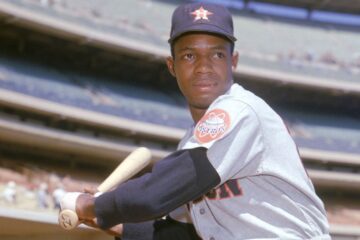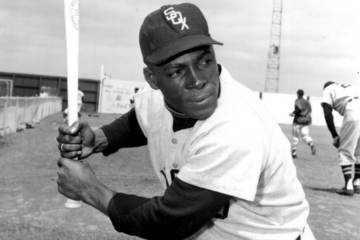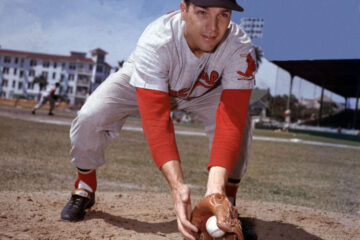The Hall of Fame Index: Adrian Beltre and Alex Rodriguez
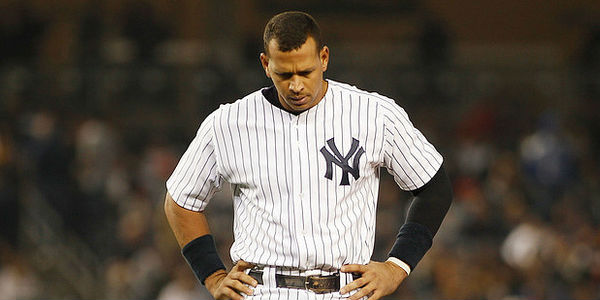
Third base is a problematic position when it comes to the Hall of Fame. It is by the far the least represented position in the Hall of Fame. In the book The Hall of Fame Index, the lack of third base representation in the Hall of Fame is discussed in great detail. Suffice it to say, there are some interesting differences between expectations and reality. Of course, this will directly impact the players that are currently playing.
In our edition here, we are faced with two different dilemmas. One player may be one of the more underrated players in history. He certainly is the most underrated player at his position. The other has the numbers of an all-time great, but also has the deep stain of PEDs. Both cases deserve more attention than I can give here, but we will do the best we can in the space provided.
Career Value
| BR | BP | FG | Total | |
| Mike Schmidt | 106.5 | 112.9 | 106.5 | 325.9 |
| Eddie Mathews | 96.4 | 90.6 | 96.1 | 283.1 |
| George Brett | 88.4 | 92.9 | 84.6 | 265.9 |
| Wade Boggs | 91.1 | 80.4 | 88.3 | 259.8 |
| Chipper Jones | 85.0 | 79.0 | 84.6 | 248.6 |
| Brooks Robinson | 78.4 | 72.3 | 80.2 | 230.9 |
| Paul Molitor | 75.4 | 79.5 | 67.6 | 222.5 |
| Pie Traynor | 36.2 | 37.0 | 37.8 | 111.0 |
| Alex Rodriguez | 118.2 | 107.2 | 113.4 | 338.8 |
| Adrian Beltre | 86.9 | 66.9 | 77.2 | 231.0 |
Let’s address the issues everyone will notice head on. First, we all know that Chipper Jones is not in the Hall of Fame, but he clearly will be and his inclusion helps give the index a little more credibility. His scores are perfectly in line with the other third basemen on the list except for Pie Traynor. We will get to him in a minute. The second issue is Paul Molitor. Molitor is listed as a third basemen in the Hall of Fame even though he played a lot of second base and designated hitter. Designated hitter isn’t really a position, so third happens to be the best spot for him.
As for Traynor, he was the very first third in the Hall of Fame. As the only BBWAA selection from before World War II we can understand that they were grading on a curve. The Veterans Committee would later add some players from the 19th century and the early part of the game, but the position did not develop into the power hitting position it became until after World War II. His selection could be labeled as idiosyncratic and not necessarily an egregious blunder. Still, he sticks out like a sore thumb all the same.
The other 10,000 pound elephant in the room is Alex Rodriguez. A number of people will consider him as a shortstop and considering that his career was almost 50/50 split between third and short, that would be fair. The other point is whether he should even be considered with all of the performance enhancing drug scandals that have followed him throughout his career. The index doesn’t seek to make moral judgments about players. That’s a quagmire that I don’t particularly want to get involved in. All I can do is acknowledge the issue and move on. Instead, we will focus on the candidacy of Adrian Beltre.
In past articles, we’ve discussed the concept of two or three way players. Simply put, Adrian Beltre is a great defender and a very good hitter. This makes him considerably more valuable than most people think. Most people consider Chipper Jones to be a top five all-time third basemen and Beltre seems destined to pass that if he finished out his last contract with the Texas Rangers. He probably has more in common with Brooks Robinson than anyone on that list.
oWAR dWAR WAR
Adrian Beltre 63.9 27.1 86.0
Brooks Robinson 47.4 38.8 78.4
Most historians consider Robinson to be the best defensive third basemen in the game’s history, so the fact that Beltre falls short there is not a knock on him. In fact, the fact that he is that close is a credit to him. Compare him to the Chipper Jones and you can see why he is a superior player. The problem is that most people only pay attention to the offensive numbers. When it is all said and done, he just might be the third or fourth best third basemen in the game’s history.
Peak Value
| BR10 | BP10 | FG10 | Total | |
| Mike Schmidt | 79.0 | 81.6 | 78.7 | 239.3 |
| Eddie Mathews | 71.2 | 66.6 | 71.4 | 209.2 |
| Wade Boggs | 67.7 | 62.3 | 66.8 | 196.8 |
| George Brett | 63.1 | 65.6 | 60.4 | 189.1 |
| Chipper Jones | 55.0 | 52.7 | 55.3 | 163.0 |
| Brooks Robinson | 53.9 | 54.4 | 54.7 | 163.0 |
| Paul Molitor | 42.0 | 46.6 | 39.9 | 128.5 |
| Pie Traynor | 33.6 | 34.2 | 34.9 | 102.7 |
| Alex Rodriguez | 77.7 | 70.2 | 75.4 | 223.3 |
| Adrian Beltre | 57.2 | 46.1 | 49.0 | 152.3 |
Peak value is a good study in where value comes from. You would think that Pie Traynor was an above average player by looking at his numbers and I suppose that is true to a certain extent, but when you look at the raw numbers you come away believing something completely different. He hit over .300 nearly every year and over .330 several times. The problem was that he did it in an era when seemingly every team had someone that did the same.
So, he was consistently good, but not excellent as compared to his era. Those that developed WAR did so in order to tackle the two variables that affect value: time and place. What we see when we look at Beltre is someone that was consistently very good, but rarely ever great. Still, when you are very good for 15 years or more then you can be considered great. Like Brooks Robinson, he challenges our general conception of greatness because a large part of that came with the glove.
The Hall of Fame Index
| Career | Peak | Total | |
| Mike Schmidt | 325.9 | 239.3 | 565.2 |
| Eddie Mathews | 283.1 | 209.2 | 492.3 |
| Wade Boggs | 259.8 | 196.8 | 456.6 |
| George Brett | 265.9 | 189.1 | 455.0 |
| Chipper Jones | 248.6 | 163.0 | 411.6 |
| Brooks Robinson | 230.9 | 163.0 | 393.9 |
| Paul Molitor | 222.5 | 128.5 | 351.0 |
| Pie Traynor | 111.0 | 102.7 | 213.7 |
| Alex Rodriguez | 338.8 | 223.3 | 562.1 |
| Adrian Beltre | 231.0 | 152.3 | 383.3 |
Mike Schmidt still has more total value than Alex Rodriguez and he did it cleanly. It shows the combined value of fielding and hitting. Still, the focus of our discussion has been Adrian Beltra. Beltre might be different than any other player we’ve covered because he is still seemingly on top of his game. He just signed a contract extension with the Rangers through the 2018 season. He has 3.1 WAR according to baseball-reference.com at the half way point in the season. If he finishes the season with six WAR that will definitely be better than any other player we’ve profiled. If he finishes with just eight WAR over the past two seasons we are looking at a total career value of 264. That would rival Wade Boggs and George Brett.


